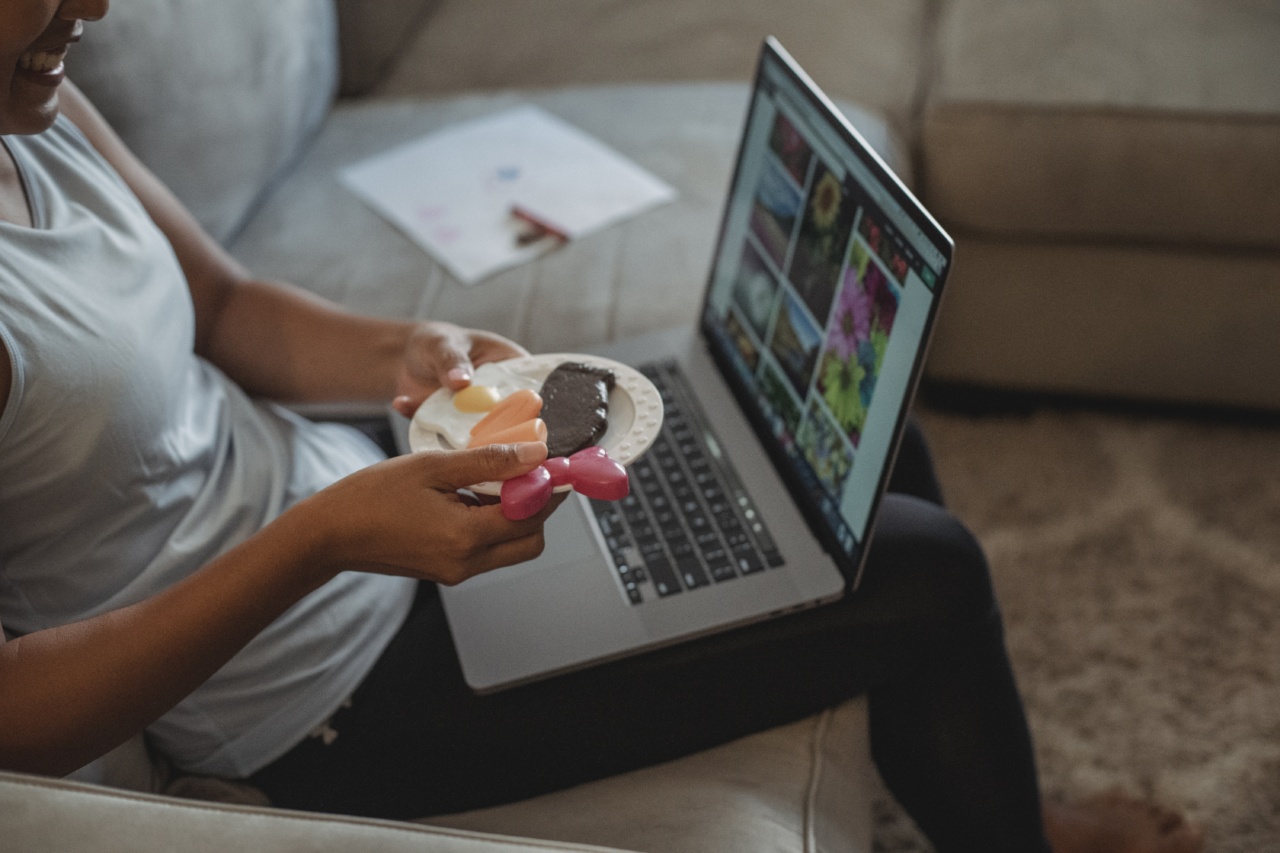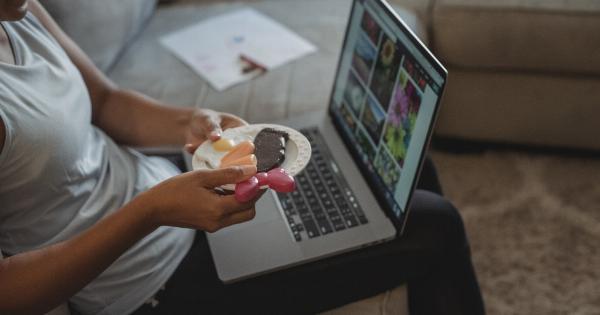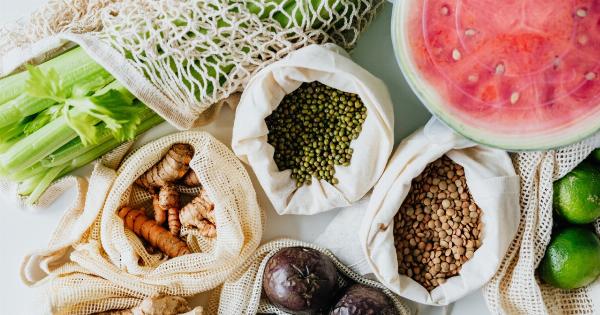Plastic membrane food wraps are commonly used to store and package various food items. They offer convenience and freshness, ensuring that the food remains protected from contaminants and spoilage.
However, it is essential to use these wraps safely and effectively to avoid any potential health risks and maximize their benefits. This article provides guidelines on the safe and efficient use of plastic membrane food wraps.
Understand the types of plastic membrane food wraps
There are different types of plastic membrane food wraps available in the market, including cling film, shrink wrap, and vacuum seal bags. Each type has specific applications and properties, so it is crucial to understand their uses and limitations.
Choosing the right plastic membrane food wrap
When selecting plastic membrane food wraps, consider the type of food you intend to wrap and the storage conditions. Cling film is ideal for wrapping sandwiches, fruits, and vegetables.
Shrink wrap is suitable for packaging meat, cheese, and other perishable items. Vacuum seal bags are excellent for long-term storage of items like fish and leftovers.
Ensure proper food preparation
Prior to wrapping food, ensure that it is clean, dry, and appropriately cooled. Moisture on the surface of the food can cause condensation, leading to the growth of bacteria and affecting the overall freshness of the food.
Use plastic membrane food wraps correctly
Follow these steps for effective use of plastic membrane food wraps:.
1. Cut the wrap to the required size
Measure the food item and cut an appropriate-sized piece of plastic membrane food wrap. This helps in minimizing unnecessary wastage.
2. Stretch the wrap gently
Gently stretching the plastic membrane food wrap before placing it over the food helps create a tighter seal and improves its clinginess.
3. Cover the entire food surface
Ensure that the wrap fully covers the entire surface of the food, leaving no gaps or exposed areas. This prevents air exposure and helps maintain freshness.
4. Avoid direct contact between plastic wrap and fatty foods
Fatty or oily foods can react with the plastic and cause chemicals to leach into the food. To prevent this, place a layer of parchment paper or aluminum foil between the food and the plastic wrap.
5. Seal the wrap properly
Make sure to press down firmly on the edges of the wrap to create an airtight seal. This prevents air from entering the package and helps in preserving the food for a longer duration.
6. Store the wrapped food correctly
Store the wrapped food in appropriate containers or refrigerator bags to maintain freshness. Follow the recommended storage guidelines for specific food items and ensure that the storage temperature is suitable.
Avoid microwaving plastic membrane food wraps
While plastic membrane food wraps are generally safe for storing and refrigerating food, they should not be used in the microwave unless explicitly labeled as microwave-safe. Heat can cause the plastic to melt or release harmful chemicals.
Dispose of plastic membrane food wraps responsibly
After use, dispose of plastic membrane food wraps responsibly by recycling them if possible. Follow local recycling guidelines to minimize the environmental impact of these wraps.
Conclusion
Plastic membrane food wraps can be used safely and effectively by following the guidelines mentioned above. Choose the right type of wrap, properly prepare the food, and use the wrap correctly to ensure maximum freshness and minimize health risks.
Remember to avoid microwaving these wraps and dispose of them responsibly after use.




























